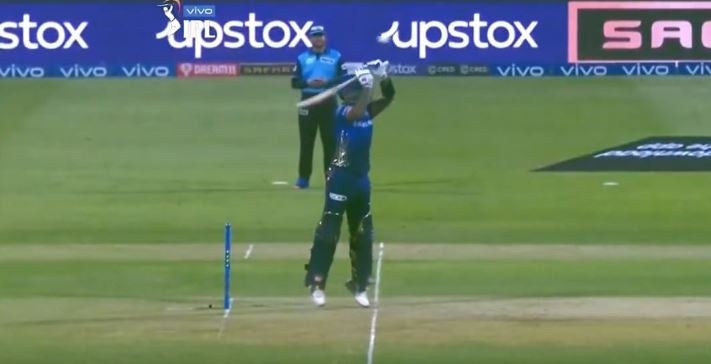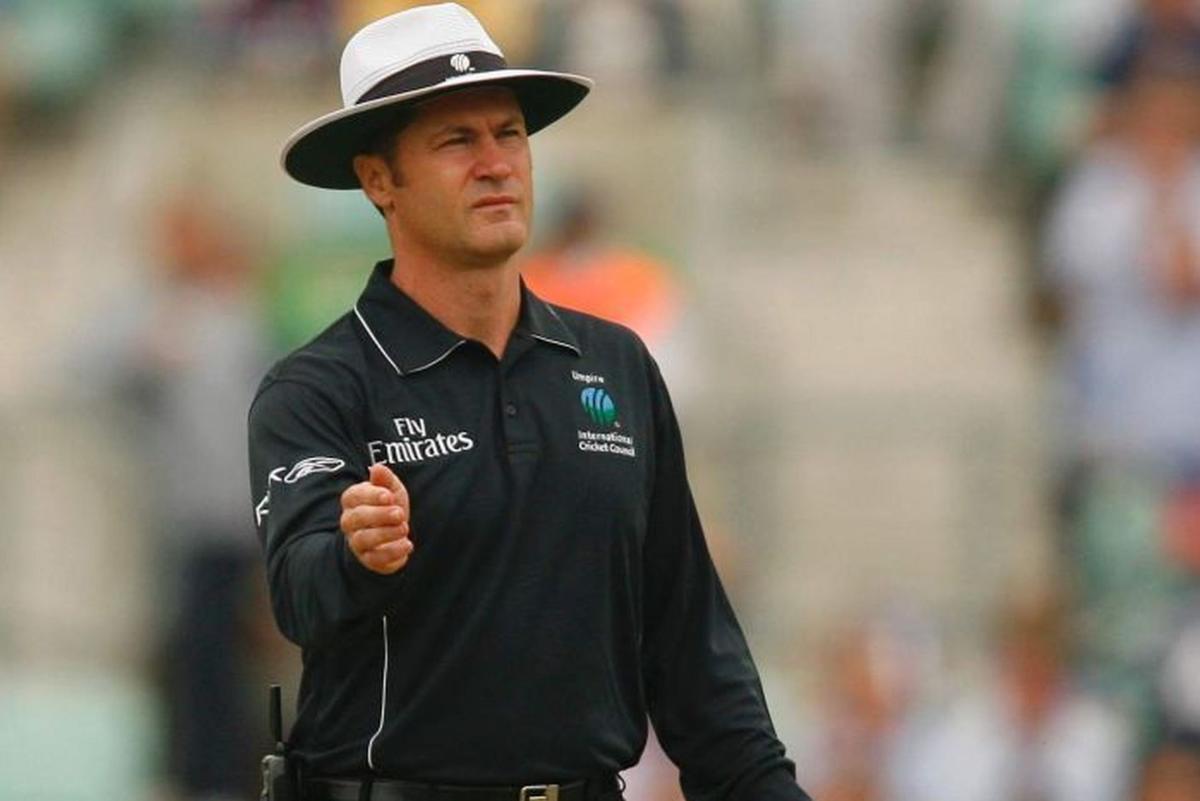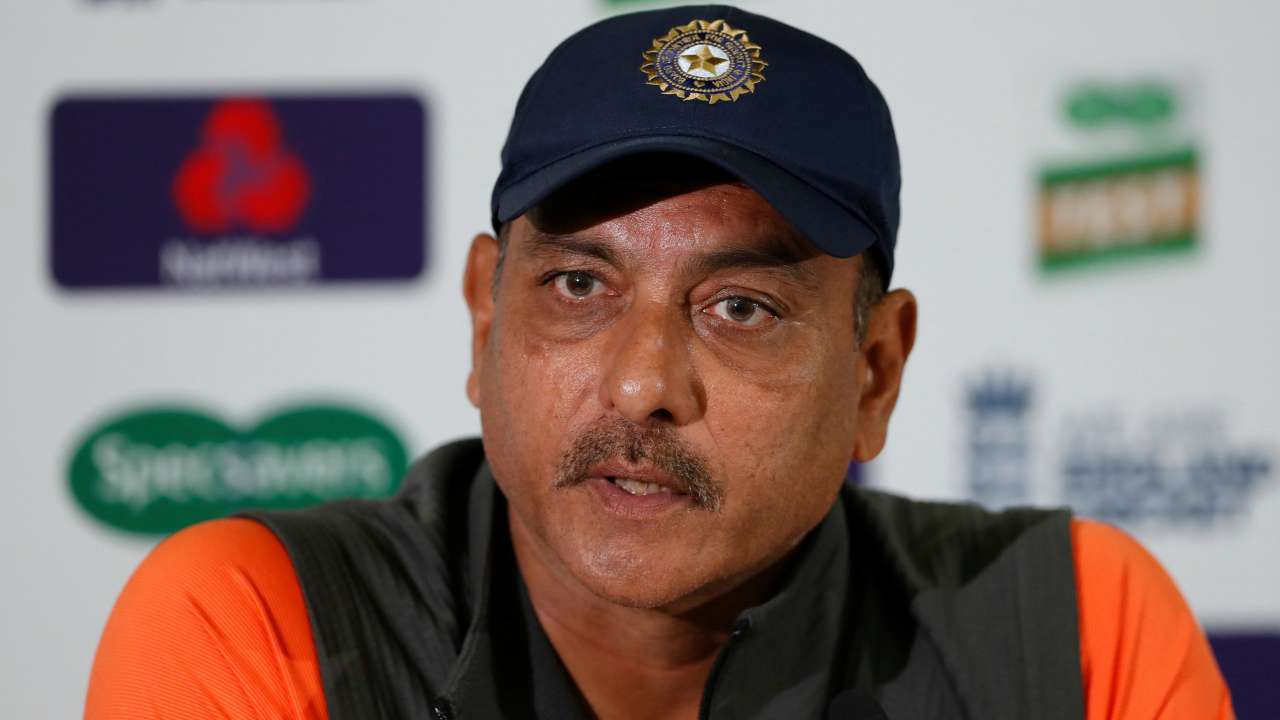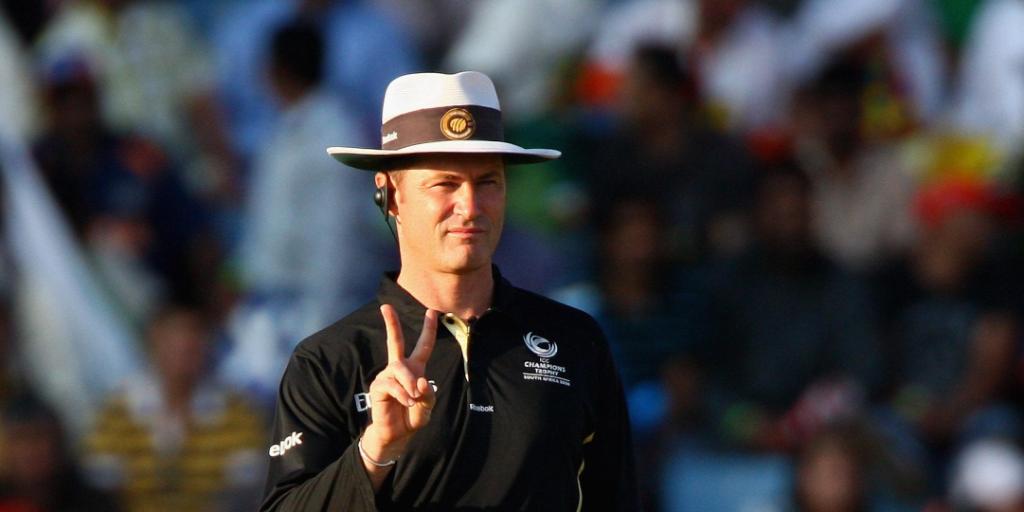IPL 2022: Simon Taufel Says No To Yuzvendra Chahal's Idea Of DRS For Wides
Published - 25 May 2022, 12:59 PM | Updated - 23 Aug 2024, 12:07 AM

Table of Contents
Simon Taufel, the former ICC Elite Panel umpire, isn’t supportive of wides and height no-balls being alluded as a component of the two DRS reviews teams have in T20 cricket. Simon Taufel’s viewpoint is as opposed to that of India and Rajasthan Royals legspinner Yuzvendra Chahal, who accepts bowlers need “a bit more help” and that teams can “take a chance” by checking on a wide call as it might possibly be significant.
Conversing with ESPNcricnfo, Chahal said he was forced to bear an expected wrong call on a wide this IPL during the April 10 league match against Lucknow Super Giants. Off the fourth ball of his fourth over, the eighteenth of Super Giants’ innings, Chahal bowled a wide legbreak which pitched outside the off stump of Dushmantha Chameera. It was given as a wide. Chahal differ and even had a word with the umpire.
Yuzvendra Chahal In Favor Of DRS For Wide Calls

Chahal caught the Sri Lankan player lbw next ball, however said the additional ball cost him beyond a doubt as Marcus Stoinis lobbed a six off the last ball of his spell. It almost impacted the match result, as well, as Royals managed to win by only three runs.
“Definitely. Even umpires are human beings. They can make a mistake, but teams can win by a single run many times,” Chahal told ESPNcricinfo when asked if would want wides referred as part of the two reviews teams had.
“That happened with me against Lucknow when the umpire signalled a wide, but when I saw it on replay it was not a wide. But due to that I had to bowl an extra ball and I even got hit for a six off the last ball. It became a seven-ball over and they could score seven runs. As it is T20 is a batsman-dominated game, so if the bowlers get a bit more help, we can do that.”
Half a month after the fact, however, Royals skipper Sanju Samson was annoyed in the match against Kolkata Knight Riders on May 2, when the on-field umpire Nitin Pandit flagged a wide on three events during the penultimate over of the game bowled by Prasidh Krishna. Samson called attention to Pandit that the player had moved horizontally even before Krishna had delivered the ball.
We Are Happy With Taking Chances On Two Reviews: Yuzvendra Chahal
Dissecting the episode after the match, which Knight Riders won, ESPNcricinfo specialists Daniel Vettori and Imran Tahir concurred that bowlers required “avenues” to “rectify” umpiring mistakes through the means of two reviews.

This season, the IPL has added an additional review making it two for every innings, something Chahal said was adequate.
“If you want to take a chance, take a chance, but we are giving you only two reviews. We are happy with that.”
Simon Taufel, though, remained concerned.
“I’m really conscious around trying to turn the art of officiating into a science and seek perfection, whatever that looks like, with decision making,” Simon Taufel told ESPNcricinfo in an interview to be published later this week.
“So with wides for example, and here we’re going to, potentially according to you, or according to the player or the debate, take a wide call and throw that back to the third umpire for them to judge on something that might be marginal and is still a judgement call.”
Judging A Wide Not A Simple Work Even For The Third Umpire: Simon Taufel
Judging a wide, Simon Taufel brought up, was never a simple work and there are no reasonable definitions in the regulations and playing conditions.

“Are you going to be able to overrule as a third umpire what a leg-side wide might look like? That’s a really interesting proposition to throw to a third umpire and say: I definitely think you got that wide wrong.
If you look at a ball that cuts across a right-hander from a left-armer (fast bowler), that cuts the wide guideline – that’s a pretty big call to overrule. Can you clearly define for me what conclusive evidence is to overturn a wide both leg-side, off side and height?
“And where do you then draw the line as to what a wide is? Because with wides, for example, you still got this opinion around: either could the batsman have played a shot? Has the batsman brought the ball sufficiently within reach? And you are putting them (under) a lot more stress and pressure around those definitions.
Of course, if the ball has flicked the bat or the pad, and an umpire’s called a wide – yeah, that’s quite clearly an error. (But) I worry about where this is going to end up. Is everything that an umpire does likely to fall under the Decision Review System?”
Wides And Height No-balls Should Be Managed By TV Umpires
Former India head coach Ravi Shastri, however, said that sketchy calls on wides and height no-balls ought to be straightforwardly managed by expert TV umpires and not through DRS review.

“I agree totally because that could be a game-changer,” Shastri told ESPNcricinfo. “The match could go into the last ball and 12-15 runs needed in the last over, a no-ball at that stage could make a lot of difference. You have the third umpire sitting there, you have the technology, use it.”
Such an activity might actually extend the match time, which Shastri consented to, however, was not fussed about.
“You’d rather have a fair game. If it’s delayed by a minute, so be it. But rather have a fair game so there are no arguments later. Leave it to the third umpire, let him take the decision and let that be final.”
There Will Always Be A Trade-off: Simon Taufel

Simon Taufel, however, objected, saying getting the third umpire included straightforwardly or through DRS, would mean the match would be dialled back and inquired as to whether the game was prepared for such a “trade-off”.
“How much time are all these reviews going to take out of the playing time? I remember only last year, some commentators like the late Shane Warne were complaining about how an ODI finished 30 minutes past the scheduled cut-off. You cannot have a quick game and also analyse every ball – there is always a trade off.”
As indicated by Simon Taufel, bowlers and umpires would find it simpler to arbitrate on wides better once the updated MCC Law becomes viable from October 1. As of late, the MCC said it was refreshing Law 22.1 overseeing wides to address the rising test players were presenting by moving horizontally across the crease.
Simon Taufel, who is a member of the MCC Laws sub-committee, said the move was to “provide a bit more latitude for the bowler for it not to be called a wide if the batter is going to move their stance while the bowler is running up. And there is more clarity for the umpire about the batter moving in their stance.”
About the Author

This author is a member of Cricketaddictor who writes news and analysis related to cricket.






